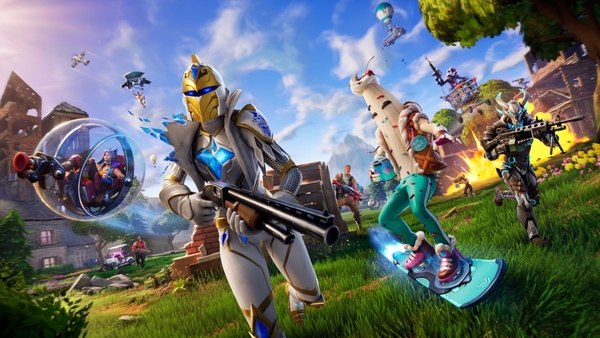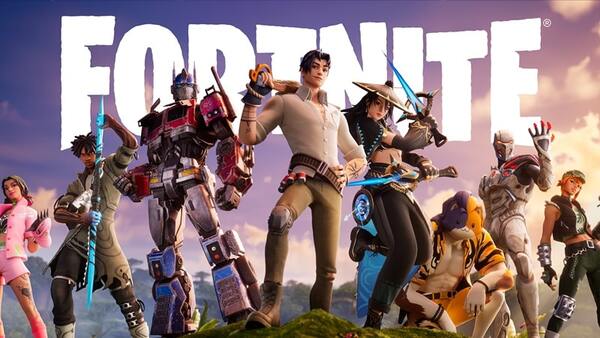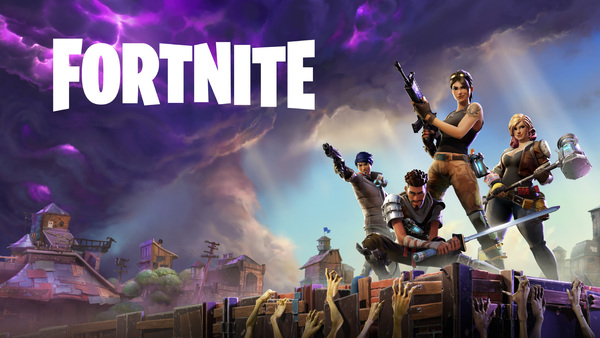Fortnite has been a gaming juggernaut since its launch in 2017, attracting millions of players worldwide with its innovative blend of battle royale mechanics, creative modes, and ever-evolving content. However, as the gaming landscape grows increasingly competitive, Fortnite faces a significant challenge: player retention. While the game has seen spikes in popularity with major updates and collaborations, many players also leave due to various frustrations and fatigue.
In this article, we’ll analyze the issue of player retention in Fortnite, exploring the factors that drive players away and the strategies Epic Games could employ to keep them engaged.
Understanding Player Retention in Fortnite
What Is Player Retention?
Player retention refers to a game's ability to keep its players returning over time. For Fortnite, this involves maintaining its casual audience, competitive community, and content creators who drive engagement.
Why Player Retention Matters
Fortnite's success depends on its active player base. High retention means more vibrant lobbies, higher revenue through microtransactions, and a stronger community, which, in turn, attracts new players.
The Challenges of Player Retention
Content Fatigue
With Fortnite’s constant updates, players can experience fatigue from the rapid pace of change. New seasons, collaborations, and mechanics often demand players to re-learn aspects of the game, which can be overwhelming.
Increasing Competition
Fortnite now competes with games like
Apex Legends,
Warzone, and
Valorant. These titles offer unique experiences that draw players away from Fortnite, especially when its updates fail to resonate.
The Role of Game Updates
Keeping It Fresh
Frequent updates are a double-edged sword. On one hand, they keep the game exciting and relevant; on the other, they risk alienating players who struggle to keep up or dislike the changes.
The Cost of Overhauls
Major overhauls, such as the shift from Chapter 1 to Chapter 2 and then to Chapter 3, have divided the player base. While some players enjoy the fresh content, others miss the familiarity of earlier iterations.
The Rise and Fall of Player Engagement
Peaks of Engagement
Fortnite has seen massive surges in player engagement during major events like the
Nexus War collaboration with Marvel or concerts featuring Travis Scott and Ariana Grande. These events bring new players and reignite interest among veterans.
Periods of Decline
Between these peaks, Fortnite often experiences lulls, where players lose interest due to unexciting updates, lack of meaningful content, or repetitive gameplay loops.
Casual Players vs. Competitive Players
Balancing Casual and Competitive Needs
Casual players often want simple, enjoyable matches without the pressure of high skill-based matchmaking (SBMM). Competitive players, however, demand balanced gameplay and a rewarding skill curve. Catering to both groups remains a significant challenge.
Alienation of Mid-Tier Players
Mid-tier players—those who are neither casual beginners nor competitive experts—often feel neglected. They struggle to find an experience tailored to their skill level, leading to frustration and drop-off.
The Role of Microtransactions
Cosmetic Incentives
Fortnite’s cosmetics, from skins to emotes, are a significant draw for players. However, the increasing price of high-profile items and the feeling of "fear of missing out" (FOMO) can turn some players away.
Battle Pass Pressure
While the Battle Pass offers great value, the pressure to complete it within a limited timeframe can feel like a chore, especially for casual players who can’t dedicate significant hours to the game.
Community and Content Creators
The Importance of Streamers and YouTubers
Content creators play a huge role in player retention. When major influencers shift their focus to other games, Fortnite often sees a decline in its player base.
Community Frustrations
Epic Games’ responsiveness to community feedback varies. Players often express dissatisfaction when their concerns about bugs, imbalances, or undesired features are ignored.
Strategies for Improving Player Retention
Dynamic Content Cadence
Rather than bombarding players with frequent updates, Epic could focus on meaningful, well-paced content drops that allow players to adapt and enjoy each season.
Player-Centric Game Modes
Introducing more player-friendly modes, such as limited-time events designed for casual fun or skill-building, could cater to a wider audience and reduce frustration.
Rewarding Consistency
Enhancing rewards for consistent players without imposing FOMO-driven pressure can encourage long-term engagement. Milestones that reward loyalty could be a key incentive.
The Future of Fortnite’s Retention Strategies
Leveraging the Metaverse
Fortnite’s push into the metaverse, through collaborations, concerts, and events, offers a unique opportunity to engage players beyond traditional gameplay. Expanding on this could make Fortnite more than just a game—it could become a cultural hub.
Embracing Evolving Player Expectations
Epic Games must anticipate shifts in player preferences, from gameplay mechanics to monetization strategies, ensuring Fortnite remains competitive in the ever-changing gaming industry.
Conclusion
Fortnite’s battle for player retention is an ongoing challenge shaped by content cadence, community dynamics, and competition. While the game has demonstrated remarkable resilience and adaptability, maintaining its player base requires a delicate balance between innovation and familiarity. By listening to its community and embracing strategic changes, Epic Games can keep Fortnite at the forefront of gaming culture for years to come.
























